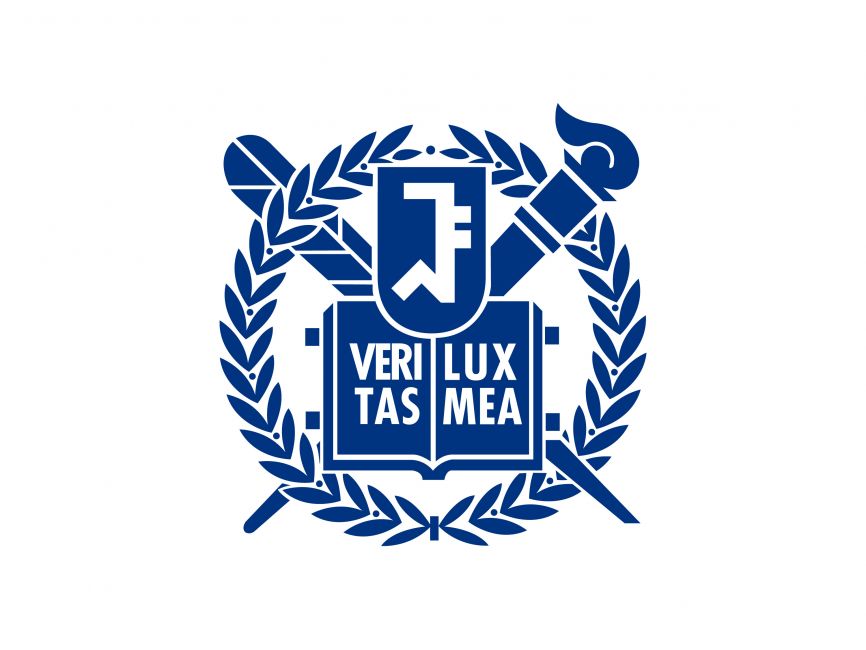Understanding tables with intermediate pre-training
Table entailment, the binary classification task of finding if a sentence is supported or refuted by the content of a table, requires parsing language and table structure as well as numerical and discrete reasoning. While there is extensive work on textual entailment, table entailment is less well studied. We adapt TAPAS (Herzig et al., 2020), a table-based BERT model, to recognize entailment. Motivated by the benefits of data augmentation, we create a balanced dataset of millions of automatically created training examples which are learned in an intermediate step prior to fine-tuning. This new data is not only useful for table entailment, but also for SQA (Iyyer et al., 2017), a sequential table QA task. To be able to use long examples as input of BERT models, we evaluate table pruning techniques as a pre-processing step to drastically improve the training and prediction efficiency at a moderate drop in accuracy. The different methods set the new state-of-the-art on the TabFact (Chen et al., 2020) and SQA datasets.



